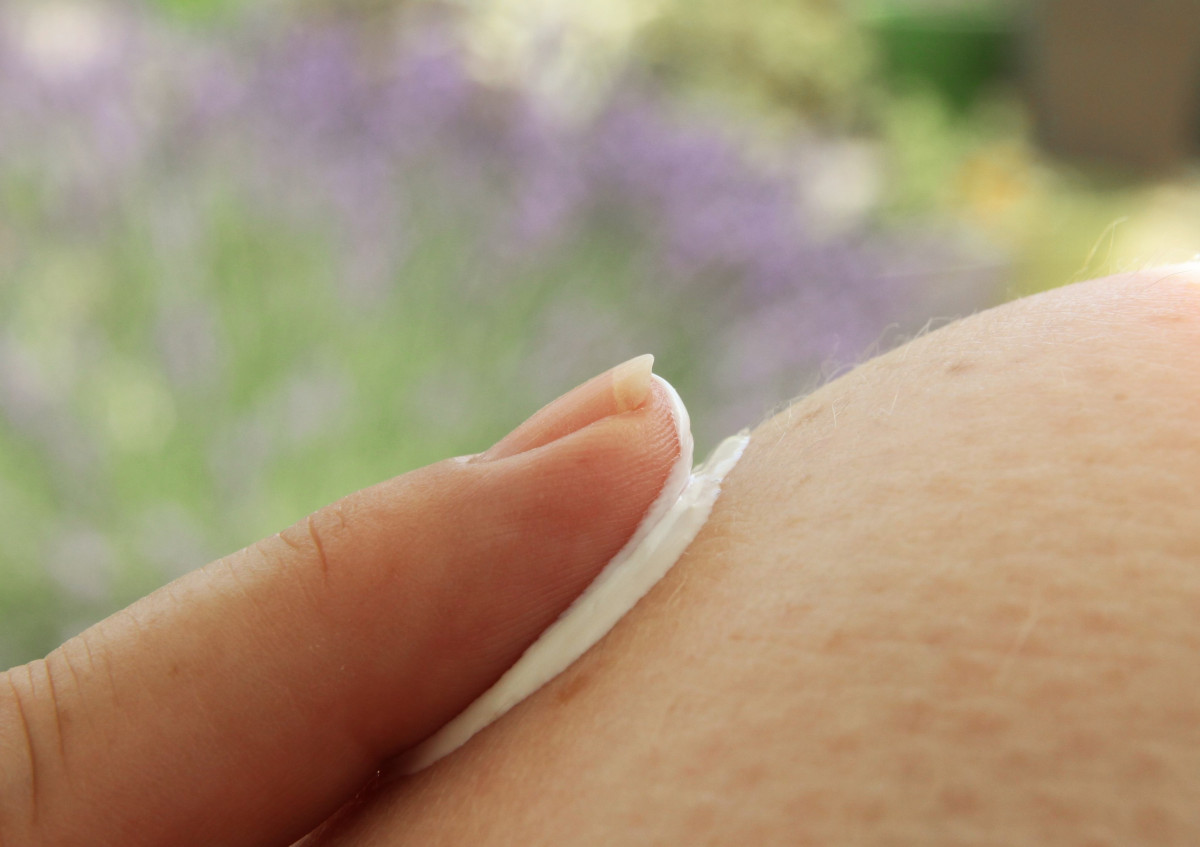
How to deal with a cellulitis skin infection — Cellulitis treatment in Marbella
06/04/2023Cellulitis differs from cellulite, a benign "orange peel" appearance that can occur on the upper arms and thighs. Cellulitis is an infection caused by bacteria that affects the deeper layers of skin as well as the fatty and soft tissue layers that lie below. It is possible for it to produce pigmentation of the skin, as well as swelling and pain. Here is everything you need to know about cellulitis and our treatment in Marbella.
What is cellulitis?
Cellulitis is a skin condition caused by a bacterial infection that affects the dermis and subcutaneous tissue.
It can appear out of nowhere and if it is not treated quickly, it can become potentially fatal.
In mild cases, the infection is localised, and there is only redness in one area. In more severe cases, the patient may have an infection that is rapidly spreading, which may result in sepsis.
The degree to which an individual is immune to the disease will, to some extent, determine its rate of spread.
Types
Depending on where the infection appears, there are various types of cellulitis.
Some types consist of:
- periorbital cellulitis is an infection that can develop around the eyes.
- facial cellulitis, which develops around the cheeks, nose, and eyes.
- breast cellulitis
- perianal cellulitis, which appears around the anal orifice
Cellulitis is a condition that can affect any part of the body, including the hands and the feet. Cellulitis most commonly manifests itself in the lower leg of adults, whereas the face or neck is more likely to be affected in children.
Cellulitis treatment in Marbella
It is common for antibiotic treatment to be effective if started quickly after symptoms appear. Although most patients can be treated successfully at home, there are always exceptions.
When treating a patient, a doctor may recommend one or more of the following methods:
Medication
For mild cases of cellulitis, 7-14 days of oral antibiotic treatment is typically sufficient to see improvement. Even if your symptoms get worse at first, they should start getting better in about 2 days.
Cellulitis can be treated with a variety of antibiotics. After considering the patient's individual circumstances and the type of bacteria causing the infection, the doctor will make a recommendation.
Most people feel better within two weeks, but severe cases may take longer.
To help prevent a recurrence, a doctor may recommend long-term use of a low-dose oral antibiotic.
Treatment in the hospital
In cases of severe cellulitis, hospitalisation may be necessary. This will be the case if:
- They're running a very high temperature
- They're vomiting
- They're going through a second round of cellulitis.
- The current method of treatment is ineffective.
- Intensity of their symptoms is rising
Most hospitalised patients with this infection are treated with antibiotics administered via intravenous (IV) drip into a vein in the arm.
To know more about our cellulitis treatment in Marbella, contact us here.